Little of these farms remain except for stone walls and crumbling stone foundations.
The map below shows the trail from GPS data.
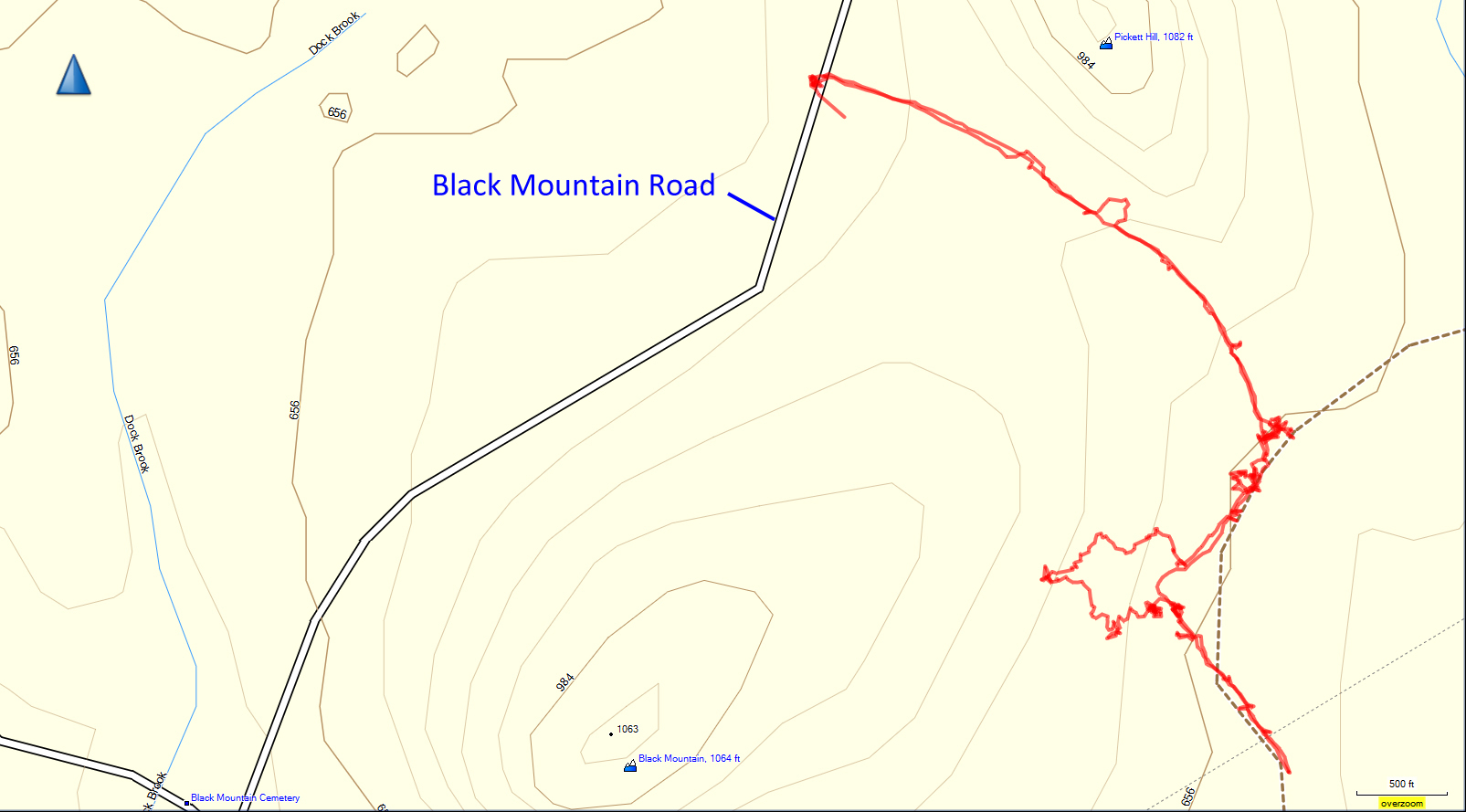 | |
The trail superimposed on the 1858 map (original) and redrawn map. The original map and the trail show remarkable correspondence (see below). | |
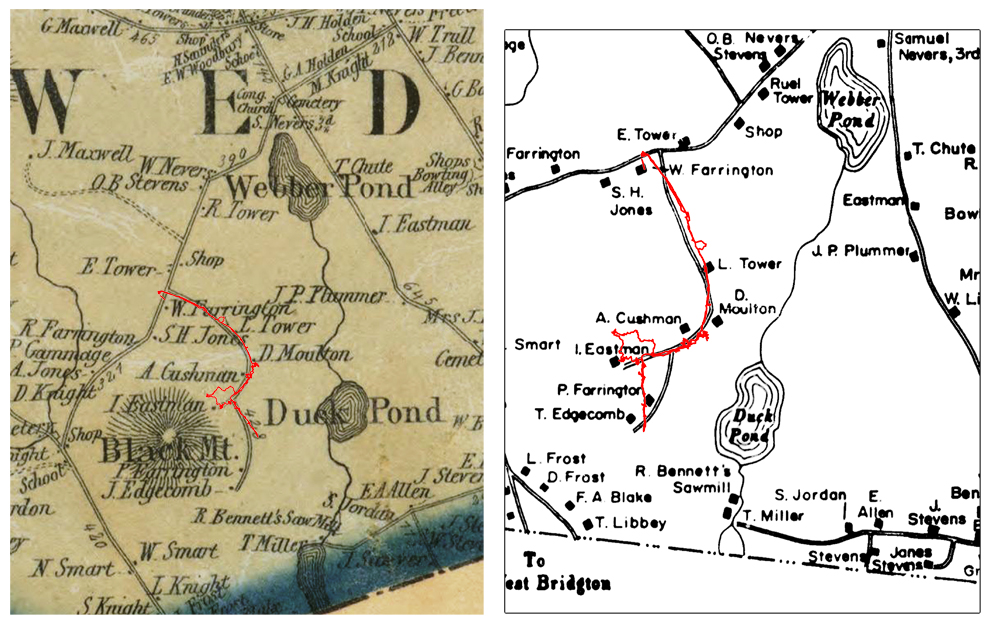 | |
To further illustrate the correspondence between the GPS output and the original 1858 map, this map shows the waypoints recorded at the house sites. Note how closely they match the Moulton, Cushman, and Eastman sites. | |
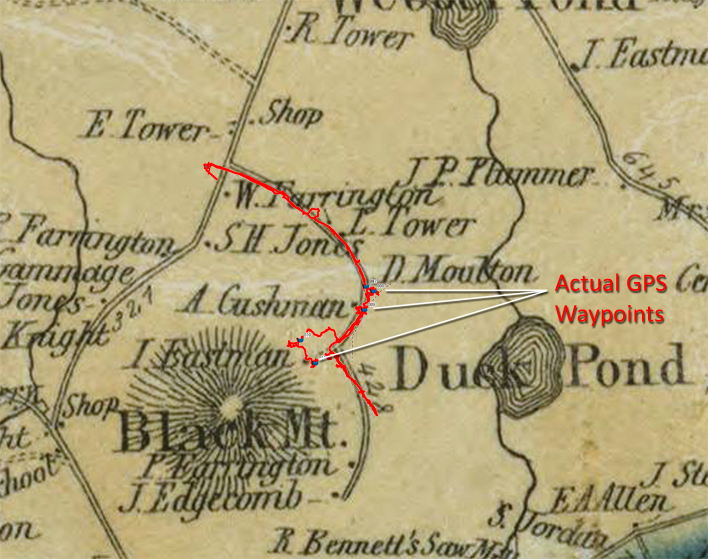 | |
| The trail shown on Google Maps is not that interesting since it is mostly under tree cover, but here it is: | |
 | |
Trail Data and Elevations | |
 | 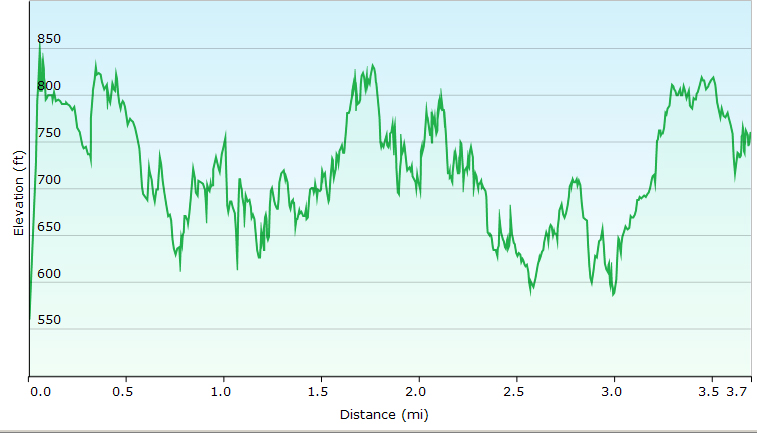 |
Notes:
| |
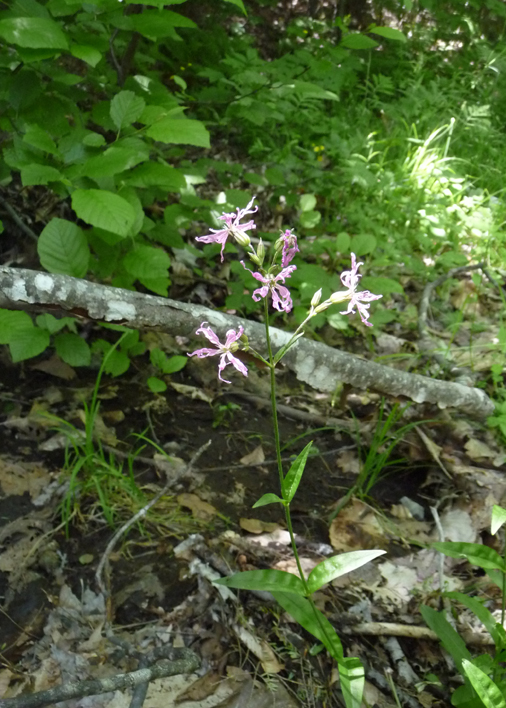 |  |
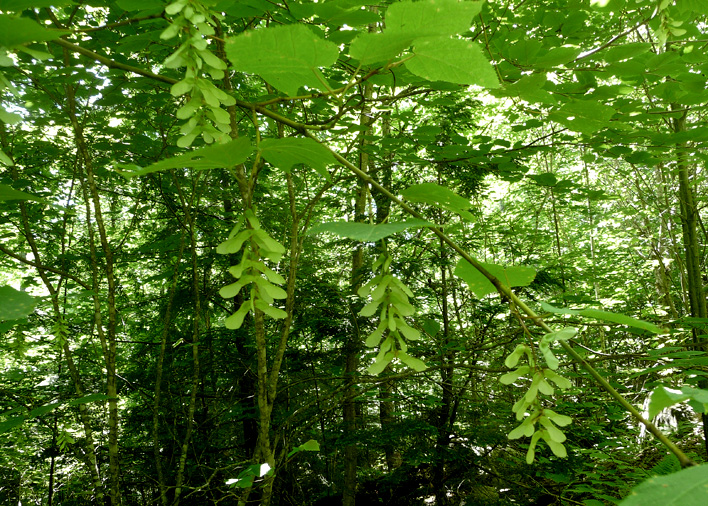 | Moulton site foundation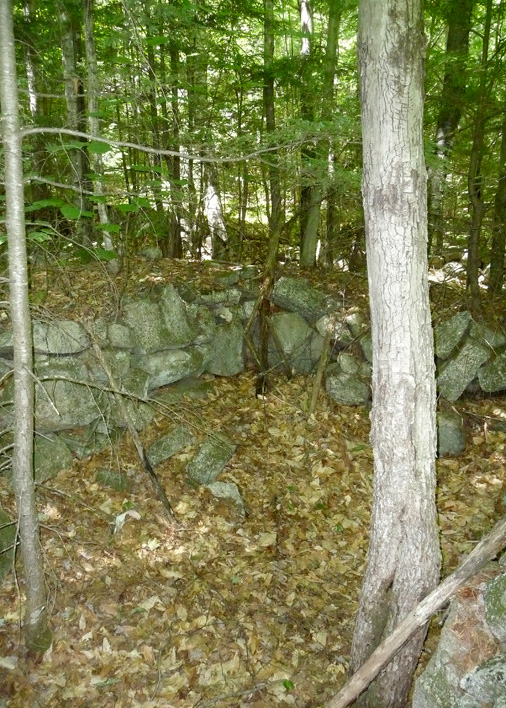 |